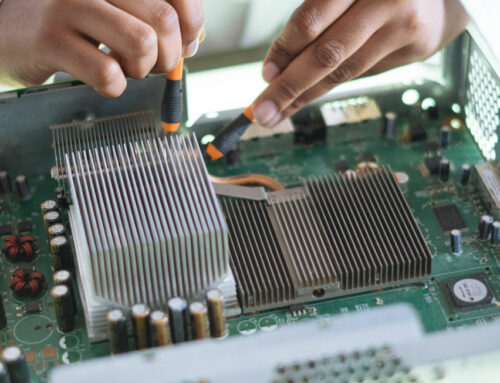A network is more than a complex interconnection of routers, switches and load balancers, other endpoints, like data, devices, infrastructure and, most importantly, people. Network complexity can be measured by the number of endpoints, connections between endpoints and the flow of information as it performs business functions. The more endpoints, connections, and data that needs to flow through them, the more complex the network.
For small networks, relying on manual processes to manage the network is possible. But as networks grow and devices, apps, sensors, and users are added, the management of the network must also evolve to avoid inefficiencies and vulnerabilities. Unless growth is controlled and planned for, complexity can quickly spiral out of control.
The Challenges of Complex Networks
As networks grow and become more complex, it can be hard for network managers to understand and manage the network as a whole. Often, network management is shared and the knowledge of parts of the network is divided by role. This separated knowledge can feed the unpredictable nature of complex networks. Unknown dependencies can impact different parts of the network as changes are implemented.
For a reliable network, redundancy and failover planning is vital. But it’s also critical to make sure you don’t increase complexity when adding network safeguards.
Another challenge of complex networks is security. The saying, “complexity is the enemy of security” is a common one for good reason. As networks become more complex and management is divided between roles security is easily overlooked. Security rules have many inputs, and in a complex network, there are even more. Too much complexity, in the network itself or the security rules around it, can lead to a less secure network.
How to Reduce Network Complexity
Now that you know the risks and challenges of complexity, how can you reduce the complexity of your network?
The first step is to wrap your head around your network in its current state. The most common way to do this is to divide your network into smaller, more manageable parts. Creating network architecture diagrams can help you visualize your network and identify areas of complexity. There is software available that can help visualize your network. Either network analysis tools, such as Wireshark, Ethereal and Observer, or visualization tools, like Gephi or Grafana.
Once you’ve identified areas that can be simplified, there are things within your network there are some things you can do.
If human error is a risk that needs to be mitigated, you may be able to use the GUI to limit the options available to the operator. Another way to reduce human error is to formulate simplified commands in meta-languages like Common Information Model (CIM) and Routing Policy Specification Language (RPDSL).
Software-Defined Networking (SDN) is another approach to simplifying network management that has become popular recently. By deploying centrally controlled hardware through an intelligent software layer, SDN makes the network programmable. SDN uses this programming to create an efficient network configuration that improves network performance and monitoring. If you want to learn more about SDN, check out our blog post for a deeper dive.
Another way to make your network more efficient and reduce the risk of human error is to use network automation. It can be used to automate the configuration, management, provisioning, and testing of network devices. Network automation uses tools for device discovery, network mapping, network configuration management, and virtual network provisioning.
Maintaining Your Network
When you have simplified your complex network, your work isn’t finished. Regular network maintenance and auditing is key to keeping your network running smoothly. Network auditing will keep you informed about the state of your network, hardware or software and performing regular network analysis can help you keep your network routes optimized.
Creating a simple network may not be practical for all businesses, but consistently reviewing your network can help you identify unnecessary complexity. Once identified, you can take steps to simplify, mitigate risk, automate tasks or otherwise manage the network to keep it in good shape as it grows.




